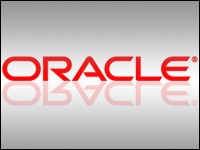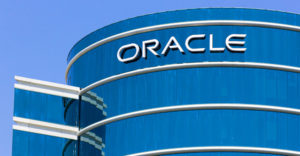
Oracle has gone to the debt markets to fund its US$8.5 billion purchase of BEA Systems. The company has priced an offering in three series of investment-grade notes for a total of $5 billion.
It is selling $1.25 billion of 4.95 percent notes due 2013; $2.5 billion of 5.75 percent notes due 2018; and $1.25 billion of 6.5 percent notes due 2038. The offering is scheduled to close on April 9.
Citi, Credit Suisse Securities (USA) and Morgan Stanley are leading the underwriting syndicate. Not all of the $5 billion will be put toward the acquisition of BEA; Oracle intends to use some of the offering’s proceeds for acquisition-related expenses and for general corporate purposes.
The acquisition of BEA is expected to close in Oracle’s fourth quarter of fiscal 2008.
The timing of the offering may be fortuitous for Oracle, as there is a flight to quality in the corporate debt markets these days to investment grade offerings — or at least a flight away from anything related to financial services or real estate.
Making the Case
Oracle makes a compelling case for itself on the Street, Celent analyst Bart Narter told CRM Buyer — especially with this acquisition under its belt.
“The product fit for Oracle and BEA is a strong one, and there is relatively little overlap between the two products,” he said.
Furthermore, Fusion — Oracle’s middleware product line — has so far failed to gain traction in the financial services sector, according to Narter. “Oracle bought BEA because its product set — [specifically] WebLogic — has market acceptance in the categories of companies they wish to sell.”
In short, Oracle is not likely to see a lot of revenue cannabilization from its acquisition of BEA, he said.
The Equity Picture
Recent earnings reports, though, may give investors pause. Last week, the company announced it had not sold as many new licenses in its third quarter as expected. Sales of new software in Q3 registered $1.6 billion — a 16 percent increase from the same quarter last year — but analysts had been expecting an increase of 20 percent or more.
Oracle reported a 30 percent increase in its quarterly profit and a 21 percent increase in revenue, with net income registering $1.3 billion on revenue of $5.3 billion.
The number of acquisitions it has made over the last few years do give Oracle a steady stream of revenue maintenance. However, growth of new licenses is the metric most commonly used to judge a vendor’s long-term health.






















































